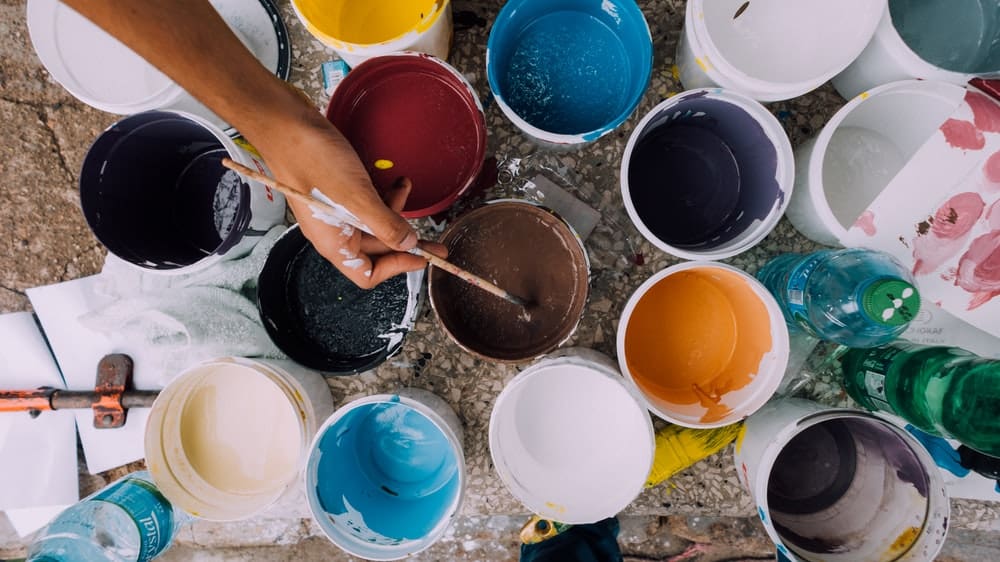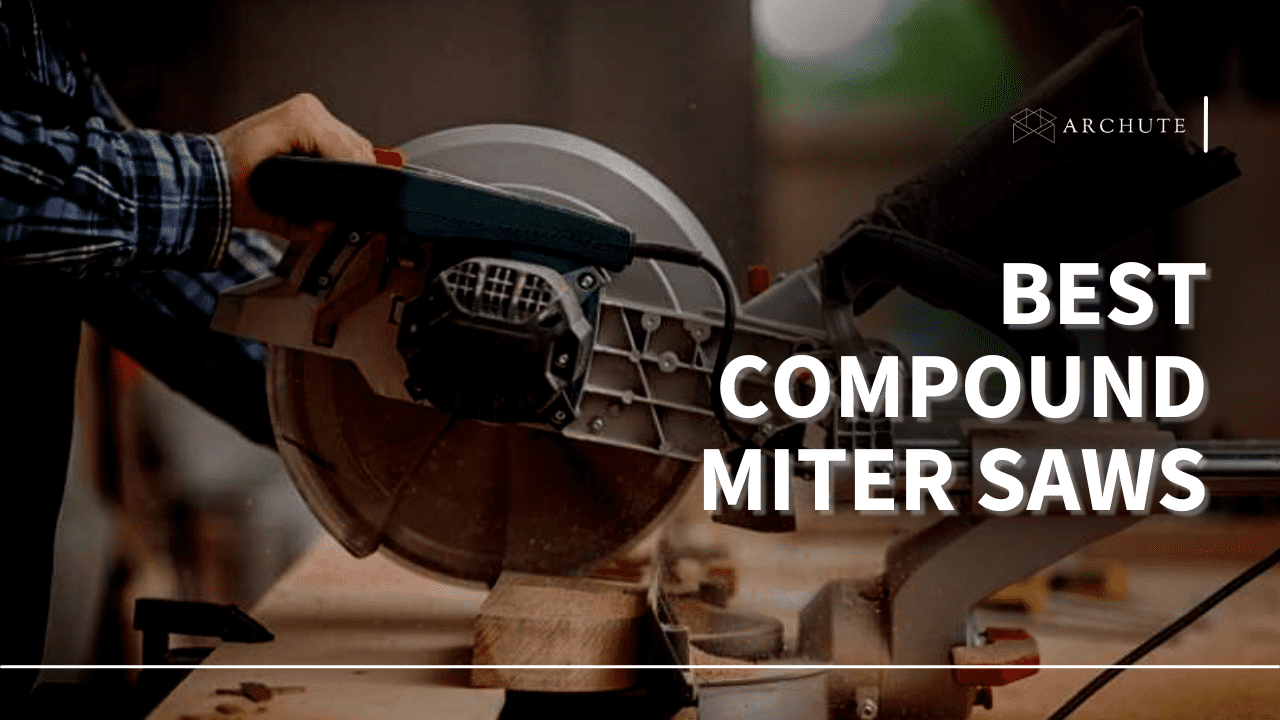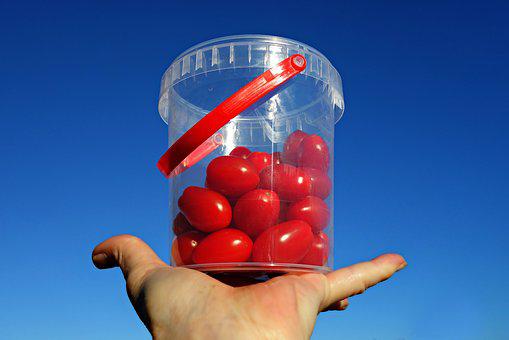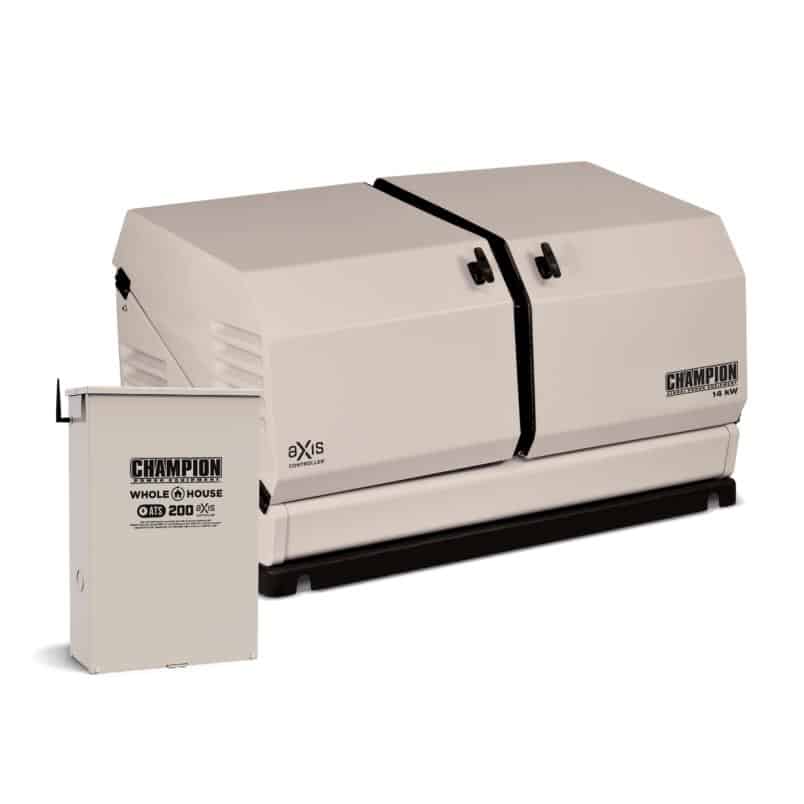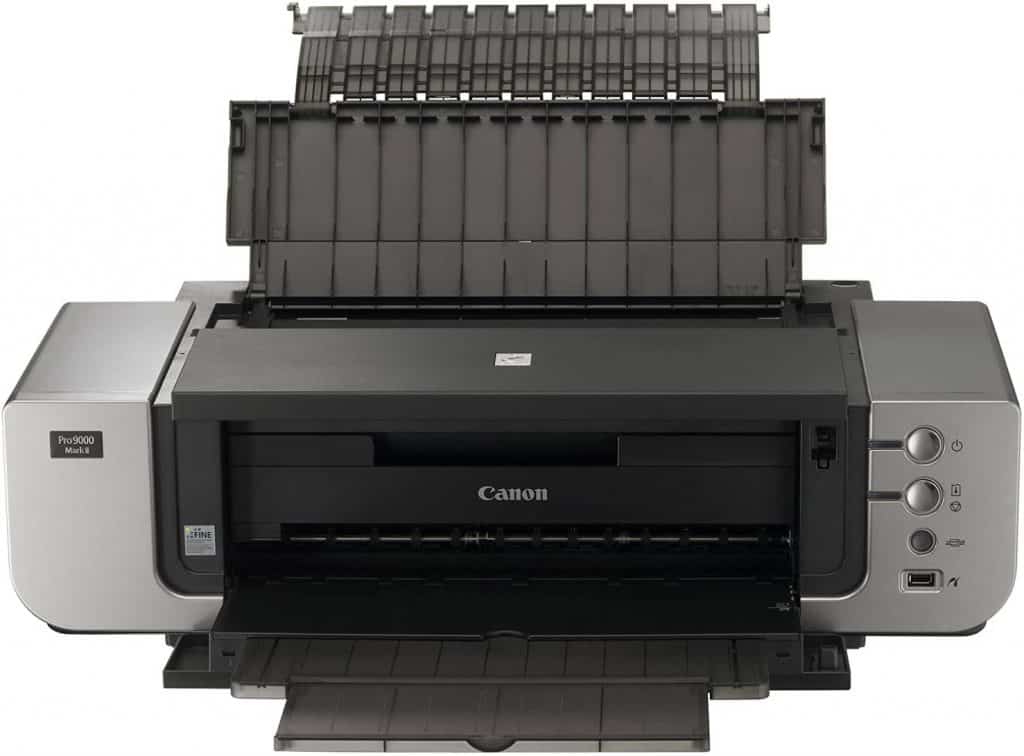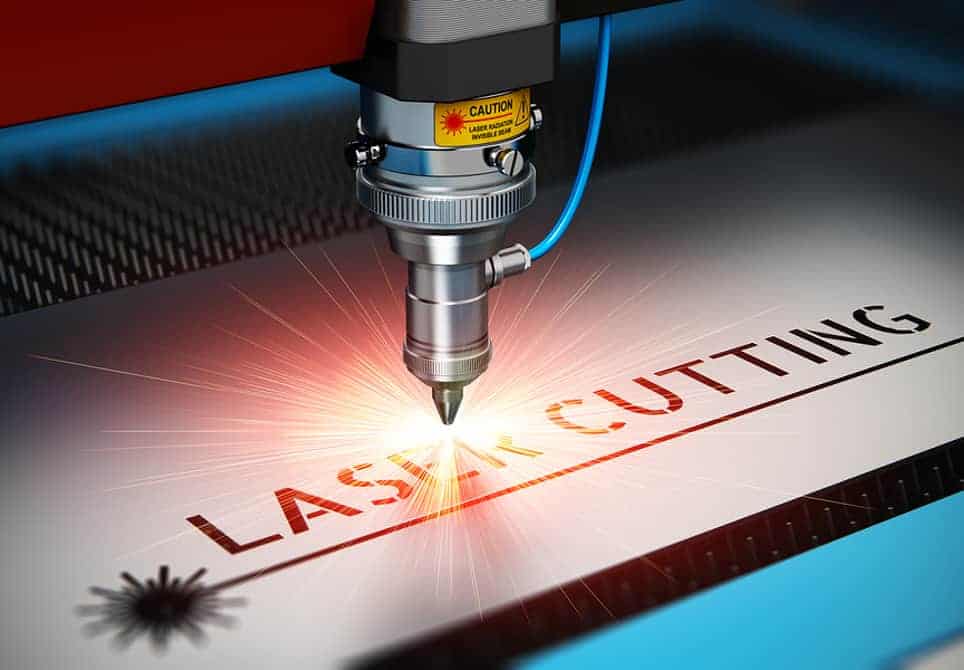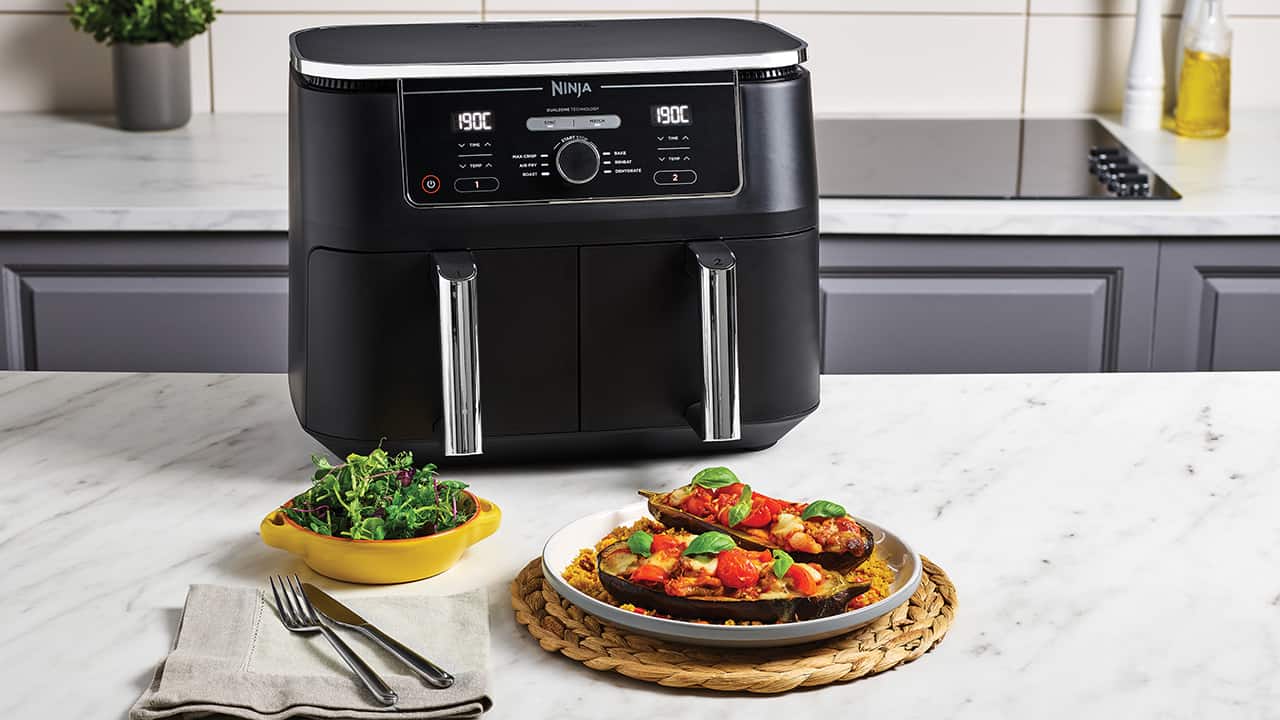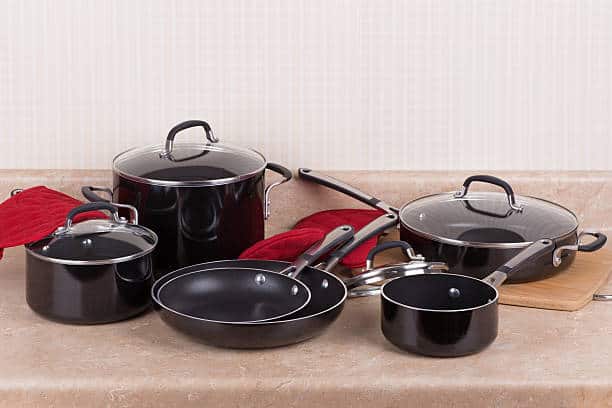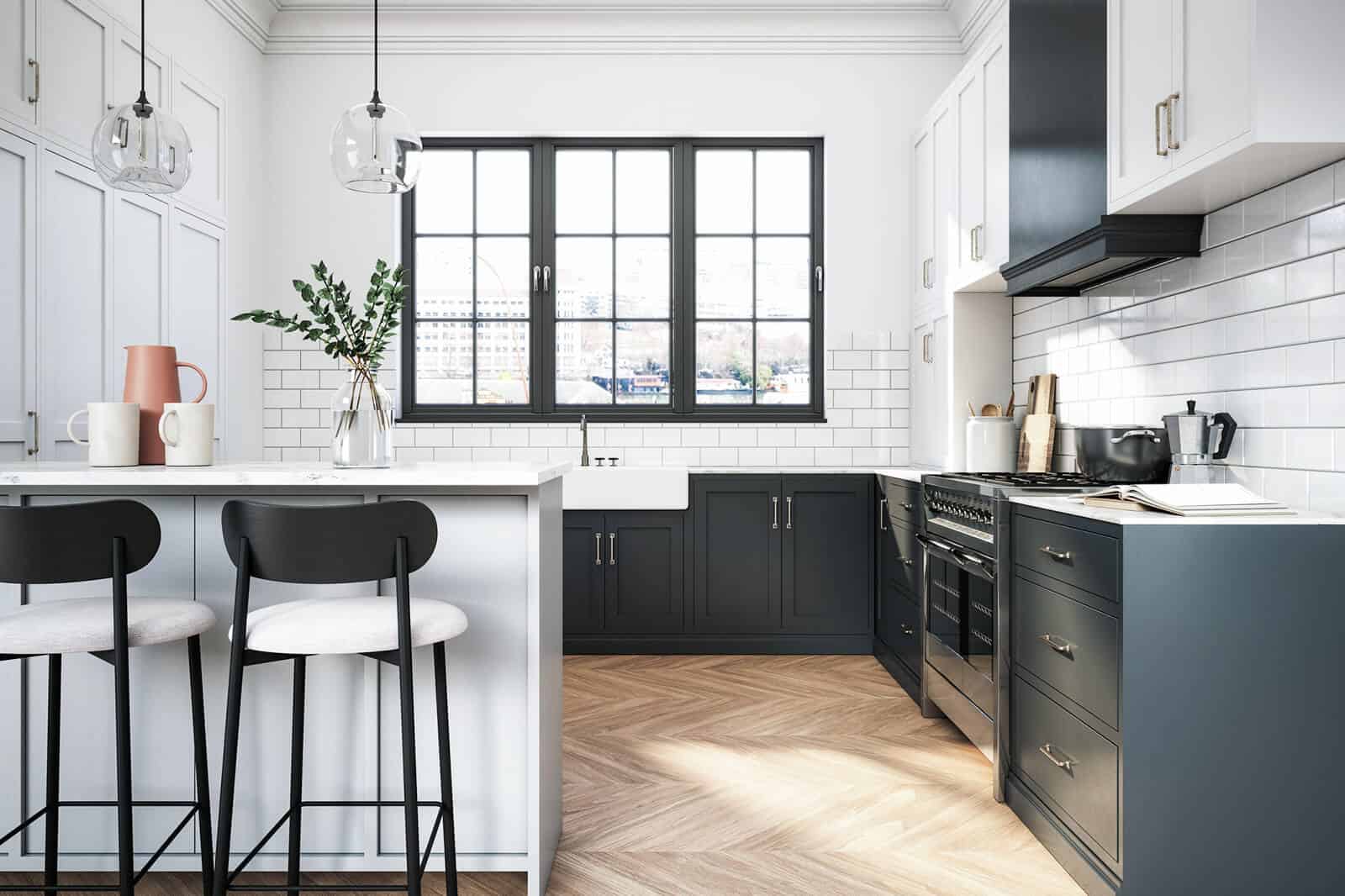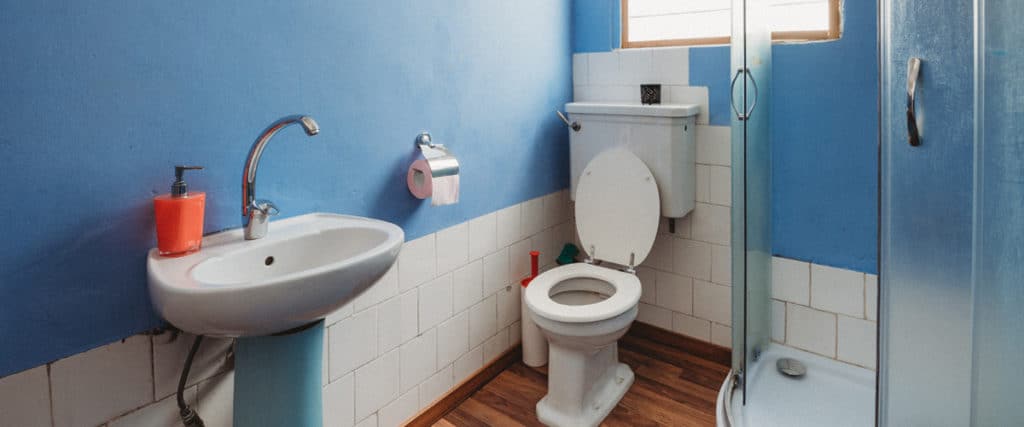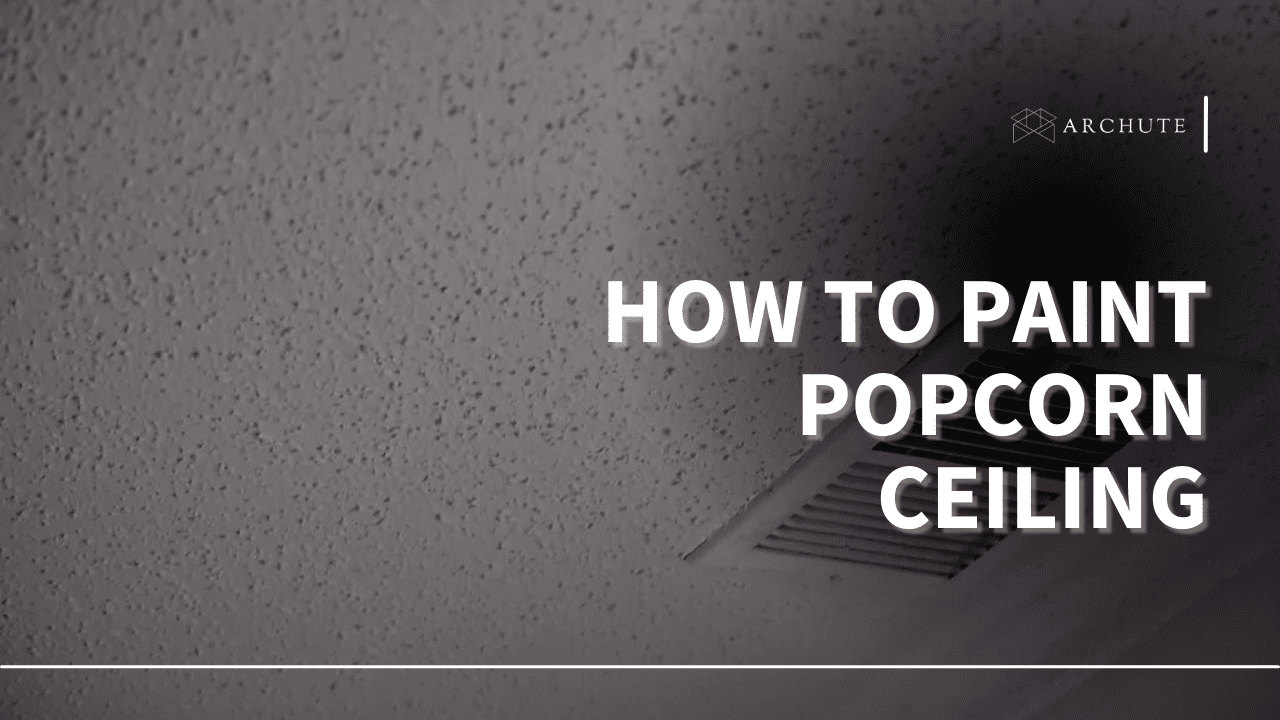If you’re looking to paint your kitchen or bathroom but are undecided which paint to buy, this guide will help you understand the different types of paint. Although most experts claim that a good paint job requires a good painting technique, having the right material is also crucial.
There are so many types of plants in the market coming in different colors, which can make it challenging to find the best one for your needs. Hopefully, by the end of this article, you will have figured out the type of paint that best suit your needs and space.
Is a Primer Necessary?
A primer, also known as a sealer, is not one of the types of paint but instead the undercoating or basis of actual paint. Its main role is to polish the surface from impurities and aggregate the materials to achieve a perfect finish once the painting dries up.
Although it is a must to use a primer in every painting project, it is crucial to apply a coat of it, especially if you’re working on unfinished walls or tough surfaces. A primer is applied before you begin the painting job to seal off the surface.
However, it is important to consider the types of paint before choosing the primers. This is because one primer may not work with all types of paints. For example, a latex-based primer can only be used if you’re planning to use latex paint, use oil-based primer for oil paint, etc.
The primer doesn’t have to match the paint color you’re using; it is often white or grey in color and is only meant to fill in the pores and ensure a smooth surface. In cases that a previously painted wall is being painted with a new that isn’t too light or dark that the previous color, then using a primer is not a must.
Different Types of Paint
Before you decide on a particular paint, it is best to think about your space needs. For example, if you’re painting in a high traffic area, you will probably need something that can dry up easily. Here are some common types of paints;
1. Oil-Based Paint
An outstanding advantage of oil-based paint is that you can use it on practically any surface. Additionally, it offers great durability and has a rich finish. This type of paint can last for a good number of years without showing any signs of wear.
Since the baseboards get scuffed easily, an oil-based paint comes in handy to ensure a great finish. This paint is mostly used for two major reasons: it gives off a beautiful gloss and has great water-resistant abilities.
However, it also has some drawbacks of using it. First, it takes a bit longer to dry up and fix any mistakes. Second, it emits some strong fumes that might be harmful, and lastly, it will require some turpentine to clean out the
paint from the brushes.
2. Water-Based Paint
Water-based paint is very easy to use and dry up, unlike oil-based paint. If you’re short on time, you will definitely want to go for water-based paint because it allows you to do multiple coats in one day. Furthermore, it is quite easy to fix mistakes using soap and water.
It is a better choice for the environment, and it won’t get mildew. This type of paint also doesn’t have a strong smell because of the low VOCs. Moreover, the color is lasting and won’t fade or turn yellow when exposed to sunlight.
Water-based paint is resistant to cracking, can work on various surfaces, and will require no pretreatment. However, it is more expensive and not very durable as oil-based paint.
3. Latex-Based Paint
Latex-based paint can be used to paint the exterior part of your house, and since it is water-based, it is much easier to apply than oil paint. However, latex-based paint is slightly different from water-based paint; for example, the paint may contain chemicals in some cases.
For this reason, it is crucial to check the label to ensure that the latex-based paint is only water-based and doesn’t have any chemicals. Acrylic latex paint is a great option if you want the highest quality latex paint.
A
latex-based paint doesn’t make a lit of mess or trap moisture when applying. It is easy to apply, do touch-ups, and dries up quickly. However, it may rust metal, chip, or turn yellow after some time. On woodwork, you may need extra effort to sand it down between coats.
4. Enamel Paint
The enamel paint is the most suitable type of paint in areas that have demanding climates since it is challenging to chip or crack. This means that you can apply it in areas of use other than residential places as well as plan with rain, wind and sun rays.
It is applied on the areas that you would like to prevent some stuffs from coming into contact with by painting them, and is also able to be used on the furniture since it hardens due to its rough appearance. It is better on rough surfaces and will cover minor imperfections, and easily withstand impacts in the process.
However, the may is not breathable, harder to achieve a smoother coat, becomes brittle as it ages, and is also not good for the environment.
5. Chalk Paint
The chalk paint has a thick consistency, unlike other types of paint, which means that it doesn’t drip easily. Also, since it is water-based paint, you won’t have to clean your brush using any mineral spirits because you can easily clean it using water and soap.
It gives a beautiful matte finish and may eliminate the need to use a primer. However, there are some instances where a coat of shellac will be needed before to prevent the water stains from showing. You may also need a creme wax to seal the topcoat and ensure it’s durable.
If not, the paint could easily chip or form unwanted stains. This is because chalk paint is absorbent, which means if you spill something on it, the stain will be difficult to remove if the creme wax wasn’t applied. Luckily, the paint dries fast, no sanding or priming requires and it is easy to distress.
However, chalk paint may re-liquefy if exposed to condensation. Moreover, it is more expensive compared to other paints, may need re-waxing after every three years, and may take a longer time to cure.
6. Chalkboard Paint
Chalkboard paint comes either in powder form or pre-mixed, and both forms are not expensive and are easy to work with. It easily cleans up using water and soap. A foam roller is preferred over the large, wide rollers when using the paint on your walls.
For this type of paint, you need to start by sanding the surface down to create a smooth surface. Ensure you wipe all the dust before starting to paint. Some people may prefer chalkboard paint because of several reasons.
First, it takes approximately one hour to dry. Second, you can draw or write on it, which means you can use it to educate your children. Third, it is water-resistant, meaning it can stand up to high moisture in rooms. Lastly, you can make changes easily.
However, this paint may not be the best option if you’re on a tight budget because it is a bit costly, and you’re concerned about the leftover brush marks. Additionally, chalk dust can trigger allergies and may also require three coats, which making it a bit challenging to use.
7. Spray Paint
Spray paint is mostly used in arts and crafts projects, but some people will also use it on furniture and other projects around the house. Although this is not a type of paint to use on your walls, it is quite useful, especially for DIY projects.
However, you want to be extra careful when using spray paints because they can be quite noxious. It shouldn’t be used in an enclosed space, and for safety, it is important to wear masks to protect yourself from the fumes. Despite this, spray paint can be used to create magnificent works of art.
Types of Paint Finishes
1. Matte Paint
Although a matte finish may not be a top choice for most people, some will prefer it because of its durability. It is a bit similar to a flat finish, but the matte paint is glossier and more durable than it. There are a number of creative ways you can use this type of finish.
For example, you can use it on your ceiling because it is so much easier to hide mistakes or flaws with matte paint compared to glossy paint, which highlights the mistakes or imperfections when light hits the wall.
2. Satin Paint
Satin paint is a type of paint finishes that is relatively matte but gives off a velvety and smooth look. It strikes a great balance between a high gloss paint finish and a flat finish, making it a practical and popular choice.
This makes the satin finish perfect for dining rooms, hallways, and bedrooms but will also work well for any room in your house. Furthermore, satin is quite durable and can last for a good number of years. However, while you can wash it, you should never scrub it because it scrubbing will cause damages.
3. Eggshell Paint
The eggshell paint is a nature-inspired finish that strikes an amazing balance between a glossy and matte finish. It works quite well in living rooms. If you’re looking for a lower-level sheen that is durable, then the eggshell finish paint is the best option.
It is easy to wash, and a simple cleaning using a wet cloth will do the job. The eggshell
painting looks good and protects the surfaces at the same time. However, it is crucial to note that every manufacturer will have its own description of how much sheen is available in the mix.
4. High Gloss Paint
A high gloss finish boasts the most octane shine of all other finishes. So if you’re hoping to glam up a surface, this is probably the best finish you need. It not only adds an attractive look to your space but is also easier to clean since it is stain-resistant and highly scrubbable.
Its high shine means that the imperfections are much easier to spot. It is also a durable option with an appealing and classy looking that will definitely stand out on your walls. The high gloss paint can also work on a variety of surfaces, including furniture, cabinets, walls, etc. However, it has a steeper price tag.
5. Semi-Gloss Paint
If you’re in search of something that can hold up moisture quite well and also reflect light amazingly, then you should consider a semi-gloss paint. A semi-gloss
painting provides a perfect finish for high moisture environments like a bathroom, and it is also quite easy to clean.
The semi-gloss finishes can withstand a good scrub without the worry of messing it up. This is also the reason why they are also used in high-traffic areas that require more robust types of paint. A semi-gloss type of paint is also an amazing paint to use on woodwork because it dries to form a hard finish.
6. Flat Paint
Just from its name, the flat paint lacks texture and has no reflective quality to the finish. As a result, it is not very durable and prone to damages, and this is why it should never be used in high-traffic areas, including the bathroom, kitchen, or even the kid’s room.
Furthermore, it doesn’t clean well and is not easy to remove the smudged fingerprints and food splatters, meaning it’s not the best choice for places that experience a lot of mess and case. Despite this, it is quite an affordable option you should consider before fewer traffic areas.
What Do You Consider Before Choosing the Best Type of Paint?
Before you choose to decide on which type of paint to pick, there are a number of things you need to keep in mind to help find the right paint. They include;
1. Traffic
Traffic is perhaps the most important thing to consider before choosing a paint or paint finish. High traffic areas or busy rooms like bathrooms, kitchens, and playrooms will require more durable paints and finishes. On the other hand, calmer areas will get away with less durable areas like dining rooms.
2. Surface
You also want to consider the surface where you need to apply the paint. This is because some paints do a great paint job in hiding the imperfections on the surface. When it comes to the paint finishes, if you’re looking for the right paint for a wall with a lot of patches and nail holes, then a less glossy finish will come in handy. This is because it helps in masking the imperfections leaving the walls looking smooth.
3. Paint Color
You need to consider the colors that are attractive for you, depending on the existing decor of the area and personal preference. If most of your decor is brown, beige, or tan, then you may go for more neutral colors. Many homeowners don’t like color and their walls, but others prefer to create an accent wall.
4. Lighting
You need to note that the lighting in a room may affect how the interior paint looks on the surface. If your room receives a lot of natural light, using strong types of paints will help prevent a bland and muted appearance.
Natural light tends to make darker colors look brighter. Using light painting colors can be extremely bright, almost glowing on the walls. You can use samples to help you find the right color and finish that works best with the lighting you have.
5. Other Features
Premium paints and paint finishes provide several additional features to improve your painting experience. These features include stain and fade resistance, washability, durability, etc. It is much better to get one that is easier to clean, especially if you’re painting in busy rooms or areas.
Other important features you should look out for are;
- Drying time
- Safe for use
- Weather-resistant for outdoor use
- Non-cracking
- Ease of application
Frequently Asked Questions (FAQs) on Paints and Finishes
1. What are the different types of wall paints?
The main paint types for the wall are oil-based paints, water-based paints, latex paints, enamel paints, chalkboard, and chalk paints. However, for the paint to be more attractive and durable, you should also consider the different types of paint finishes, including semi-gloss, high gloss, matte, flat, eggshell and satin.
2. Which paint is best for walls?
Latex-based paint is the most popular and preferred type of paint to use because it is easy to clean up and boasts long-lasting durability and quality. Additionally, it is more fade-resistant and more breathable than oil-based paint.
3. Is Primer a white paint?
No. You should never use white paint as a primer because a primer has a higher concentration of solids. It comes with an adhesive binder and acts as a sealant. A high-quality primer is often used to offer the painting a better bonding surface compared to using a bare surface.

